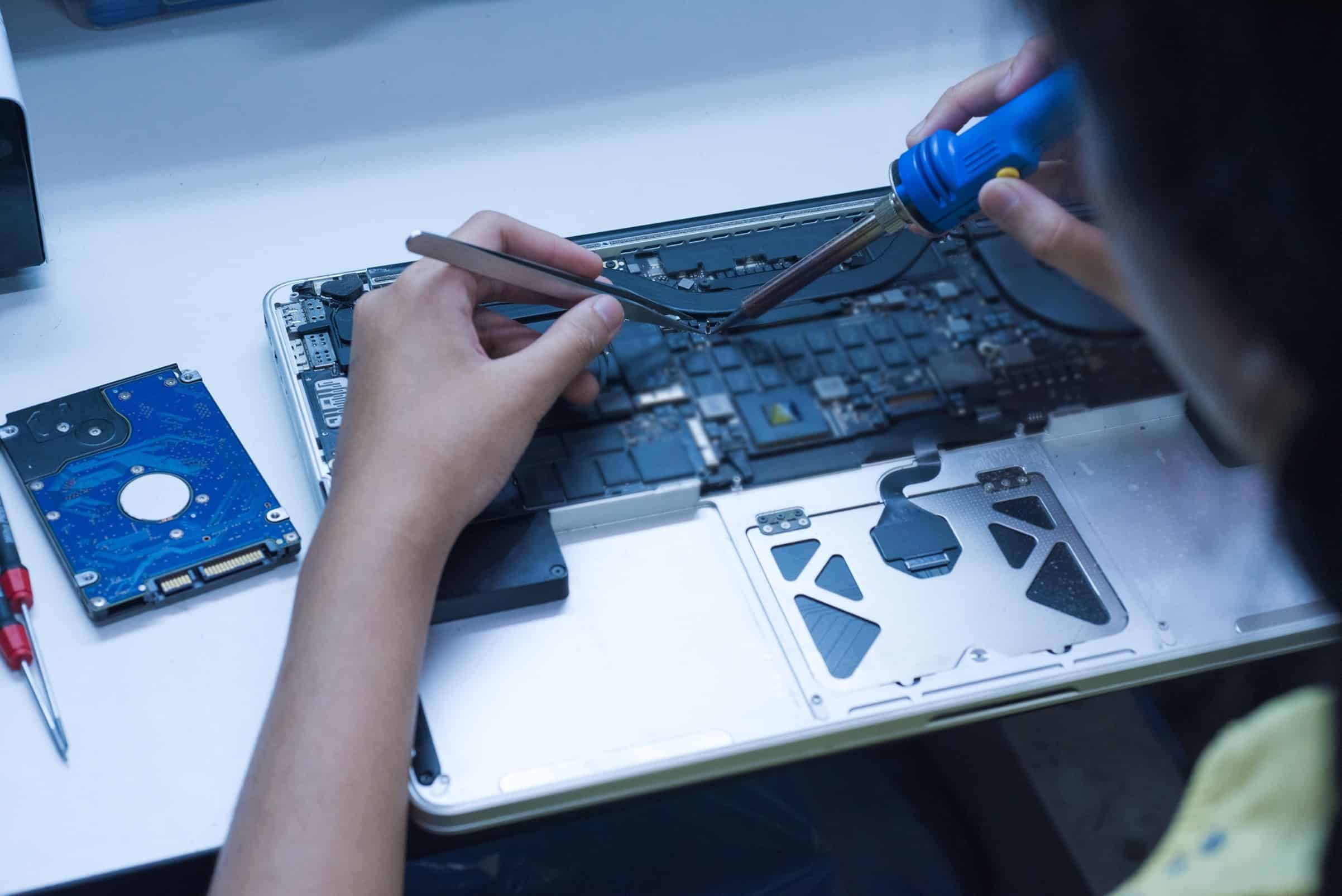A bright, white smile can make a lasting impression and significantly boost your confidence. With myriad teeth whitening options and other treatments in cosmetic dentistry in Lincoln, NE, it’s easier than ever to achieve that dazzling smile you’ve always wanted. However, choosing the right method and understanding what to expect can be daunting for beginners.
In this guide, we’ll delve into everything you need to know about teeth whitening, from the different types to maintaining your results.
Why Consider Teeth Whitening?
Teeth whitening is one of the most popular cosmetic dental treatments for a reason. Over time, teeth can become stained or discolored due to various factors such as aging, smoking, or consumption of staining foods and beverages like coffee, tea, and red wine. Teeth whitening also helps remove these stains, resulting in a brighter, more youthful appearance.
Types of Teeth Whitening
1. In-Office Whitening
In-office whitening is performed by a dental professional and offers the most dramatic results. During the procedure, a high-concentration bleaching agent is applied to your teeth, often activated with a special light or laser. This method can lighten your teeth by several shades in just one visit, making it ideal for those seeking quick and noticeable results.
Pros:
- Quick and effective
- Supervised by a dental professional
- Long-lasting results
Cons:
- More expensive than at-home options
- May cause temporary sensitivity
2. At-Home Whitening Kits
At-home whitening kits provided by your dentist include custom-made trays and a lower-concentration bleaching gel. You’ll wear these trays for a specified period each day, usually over a few weeks. While it takes longer to see results compared to in-office treatments, at-home kits are a more affordable option.
Pros:
- Convenient to use at home
- Less expensive than in-office treatments
- Custom-fit trays ensure even coverage
Cons:
- Takes longer to see the results
- Requires consistency and patience
3. Over-the-Counter Whitening Products
These include whitening strips, gels, toothpaste, and rinses that you can buy at any drugstore. These products contain a lower concentration of bleaching agents and are the most budget-friendly option. However, results can vary, and it may take several weeks to notice a difference.
Pros:
- Affordable and widely available
- Easy to use
Cons:
- Less effective than professional treatments
- May not provide even results

What to Expect During and After Treatment?
Sensitivity
It’s common to experience some tooth sensitivity during and after the whitening process. This occurs because the bleaching agents can temporarily weaken your enamel, making your teeth more sensitive to temperature extremes. Remember, using toothpaste designed for sensitive teeth can help alleviate this discomfort.
Maintenance
To maintain your newly whitened smile, you’ll need to make a few lifestyle adjustments. Avoiding foods and drinks that stain teeth, such as coffee, tea, and red wine, is crucial. In addition, regular dental check-ups and cleanings will help keep your smile bright.
Touch-Ups
Depending on your whitening method, you may need periodic touch-ups to maintain your results. In-office treatments typically last longer, but even with these, you might want a touch-up every six months to a year. However, at-home kits and over-the-counter products may require more frequent use.
Choosing the Right Option for You
When deciding which teeth whitening method suits you best, consider your budget, how quickly you want to see results, and whether you’re comfortable doing the treatment yourself. In fact, consulting with your dentist is the best way to determine the most effective and safe option for your teeth.
Conclusion
Teeth whitening is a simple yet effective way to enhance your smile and boost your confidence. Whether you opt for an in-office treatment, an at-home kit, or an over-the-counter product, understanding the process and managing your expectations is key. Remember to consult your dentist before starting any whitening regimen to ensure it’s suitable for your dental health. With the right approach, you’ll soon be flashing a brilliant, white smile to the world.













